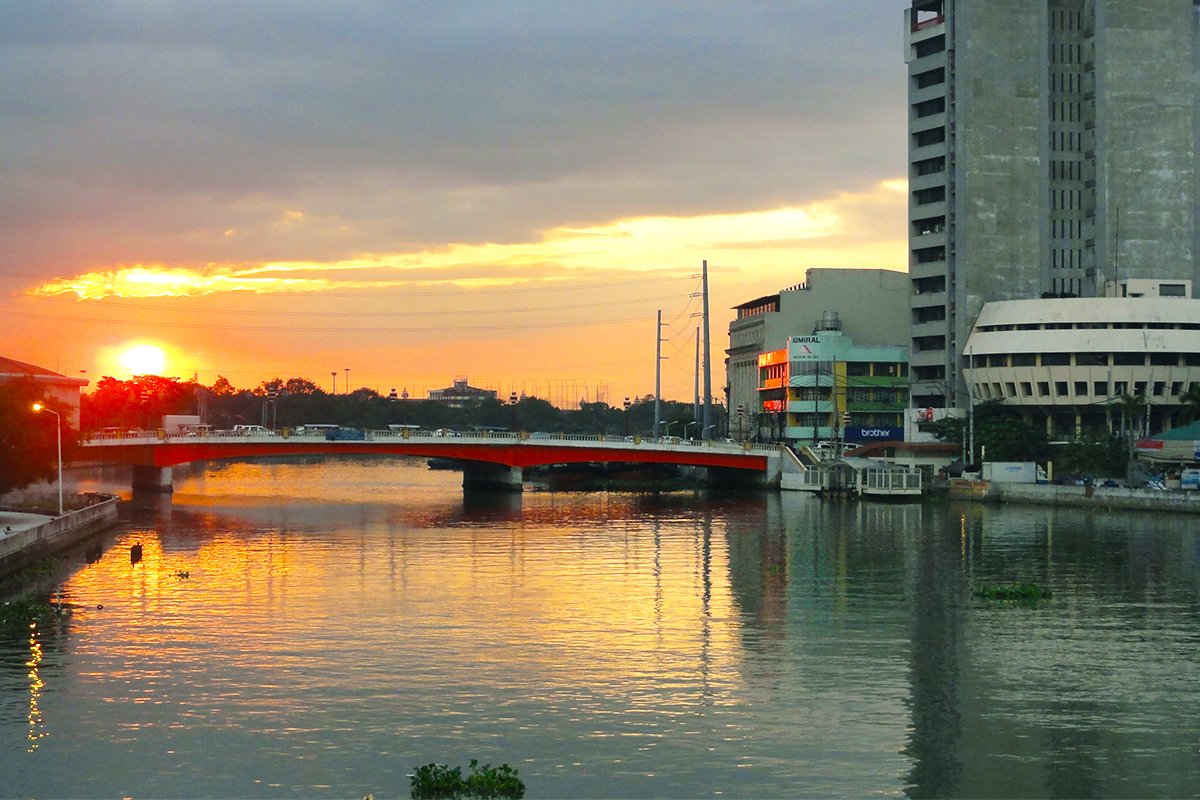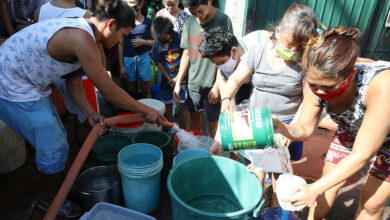
The Pasig River: A Short History and a Timely Renaissance
Rivers are the veins through which the blood of civilizations flow. Humans all throughout history have built societies along the banks of rivers – the Euphrates, Tigris, Indus, Nile, Huang He, Yangtze, and the Rhine, to name just a few.
The development of societies has gone hand in hand with the development of rivers. For an example a little closer to home, one only has to look at the Chao Phraya River in Bangkok, Thailand.
Famously called “The Lifeblood of Bangkok,” the Thais fled their ancient stronghold of Ayutthaya through the Chao Phraya to establish their new kingdom in Bangkok. Up to this day, the Chao Phraya is still a fully utilized river. It is used to transport rice and other goods into the capital, and is an important part of their transportation system – locals use it to get around Bangkok, and is the perfect way for tourists to see the sights of the city without getting stuck in traffic.
In the Philippines, the Pasig River holds as much significance to our history as the Chao Phraya has for the Thai. It is along the banks of this river that the early kingdoms of Namayan, Maynila, and Tondo were established. In fact, the term Tagalog, which is used to refer to the natives of the island of Luzon, comes from the term taga-ilog, meaning “of the river” – referring, of course, to the swift and mighty waters of the Pasig.
It was the main waterway in which our ancestors used to travel to Manila and its neighboring provinces. It was the center of life in the capital. The Pasig River was teeming with all sorts of wildlife – fish were plenty, ducks were raised along its banks, and Manileños had to be careful of the huge, freshwater crocodiles that sometimes wreaked havoc in its waters.
People in Laguna and the nearby provinces used it to transfer goods to the capital. Residents used it to wash their clothes. And at the end of the day, people could be seen swimming in its cool waters, providing much needed relief from the sweltering heat of the sun.
However, due to industrialization post-World War II, the river suffered neglect and deterioration. On the surface, it was polluted, to say the least. The river was soon considered biologically dead, and its significance to the way of life in Manila died with it.
Revitalizing Pasig
There have been considerable efforts to breathe life back into the Pasig River. Throughout the years, several measures from different government agencies and NGOs have been carried out, with the main objective of rehabilitating it back to its pristine state.
The Pasig River Rehabilitation Commission (PRRC), established in 1999, has been at the forefront of these efforts. It has recently made award-winning strides in cleaning tributaries and esteros of the river, and have several more areas queued in the pipeline.
One of the biggest initiatives this year was the allocation of ₱2 billion out of the ₱3.757-trillion General Appropriations Act for 2019 to institutionalize the Pasig River Ferry Convergence Program (PRFCP), whose main goal is to revive the ferry system in the river. 17 additional stations are to be built on top of refurbishing the existing 12 stations, and air-conditioned boats that run on specific schedules will be used to ferry passengers throughout Metro Manila.
Indeed, utilizing the Pasig River as a thoroughfare is a viable solution to the worsening road congestion throughout the metro. But on top of cutting hours out of the Manileños’ daily commute, the real importance of the PRFCP is a return to relevance of the Pasig River to the daily life of Manileños. With the right moves, real rehabilitation is possible, with the river converging back into the lives of Filipinos and back into our national identity.




